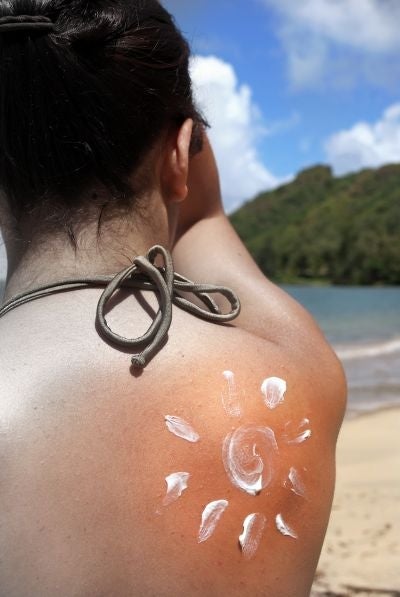Researchers have "for the first time" figured out how the enzyme photolyase, found in plants and many animals but not humans, "at an atomic level repairs sun-damaged DNA," according to an Ohio State University (OSU) announcement on July 25.
Dongping Zhong, the Robert Smith Associate Professor of physics, and associate professor in the departments of chemistry and biochemistry at US-based OSU, led a team of researchers that discovered how photolyase healed damaged skin "in a few billionths of a second."
"It all happened very fast, and the timing had to be just right. People have been working on this for years, but now that we've seen it, I don't think anyone could have guessed exactly what was happening."
Here is how the researchers discovered photolyase's healing action:
Zhong et al "synthesized DNA in the lab and exposed it to ultraviolet light, producing damage similar to that of sunburn, then added photolyase enzymes.
"Using ultrafast light pulses, they took a series of ‘snapshots' to reveal how the enzyme repaired the DNA at the atomic level.
"Ultraviolet (UV) light damages skin by causing chemical bonds to form in the wrong places along the DNA molecules in our cells."
The study is published in the advance online publication of the journal Nature on July 25 explains, "photolyase breaks up those errant bonds in just the right spots to cause the atoms in the DNA to move back into their original positions.
"The bonds are then arranged in such a way that the electron and proton are automatically ejected out of the DNA helix and back into the photolyase, presumably so it could start the cycle over again and go on to heal other sites."
Health in the future could lead to rapid healing after-sun creams and novel skin cancer therapies.
Zhong added, "now that researchers know the mechanism by which photolyase works, they might use that information to design drugs or lotions that heal sun damage.
"Normal sunscreen lotions convert UV light to heat, or reflect it away from our skin. A sunscreen containing photolyase could potentially heal some of the damage from UV rays that get through."
Full study, "Dynamics and mechanism of repair of ultraviolet-induced (6-4) photoproduct by photolyase": http://www.nature.com/nature/journal/vaop/ncurrent/full/nature09192.html

Join our commenting forum
Join thought-provoking conversations, follow other Independent readers and see their replies
Comments